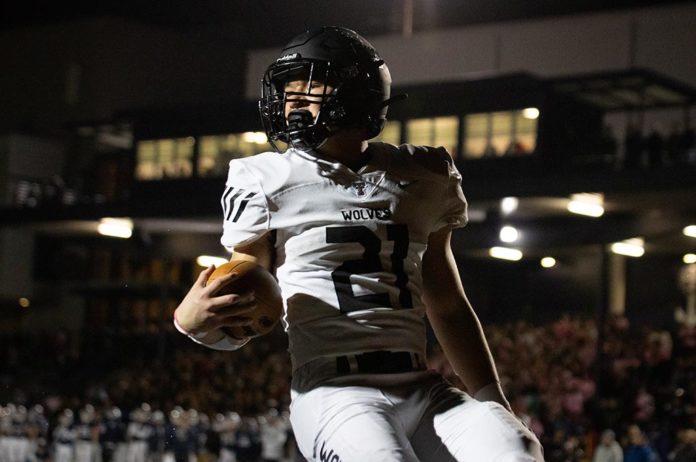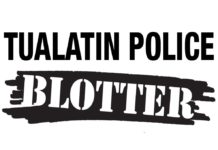
Football athletes and coaches grew increasingly tense after having their start date postponed once to Feb. 8 and their season shortened to five regular season games.
As that start date approached, high school football had been at a standstill since August, when the Oregon Health Authority extended guidance that banned close-contact sports from playing in all Oregon counties.
Finally, on Feb. 12 – four days after official practices were scheduled to begin – football got the long-awaited green light. In a letter from the governor, all outdoor close-contact sports could perform as long as COVID-19 precautions were taken.
“This has been a difficult year for Oregon’s youth athletes and, as our COVID-19 numbers have dropped, I have been committed to working with our health experts to reevaluate our protocols for sports,” said Oregon Governor Kate Brown in the Feb. 12 press release. “School sports play an important role in fostering students’ mental, emotional, and physical health.”
The start of the “fall” season was getting so near – contests starting Mar. 5 – that the Oregon School Activities Association (OSAA) convened Feb. 8 and approved other forms of football to play including 7-on-7, flag football, virtual lineman challenge and virtual combine. Should close-contact sports come into question again, these may become the viable options.
“I think we all know going in that not a single one of these activities is going to replace contact football. We get it,” OSAA assistant executive director Brad Garrett said. “But at the same time, we are leveraging every possible opportunity to find opportunities to produce activities that kids and coaches can do together under the current guidelines.”
With the announcement, Tualatin football immediately began outdoor contact practices before the short snowy hiatus. Nonetheless, they expect to start play Mar. 5, with their first game on the home turf against West Linn – six months after a typical season start.
Still, the season remains somewhat in uncertainty. Brown warned if COVID-19 cases rise substantially, the decision may be reversed.
“We’ve given you the chance to play, but with that opportunity comes great responsibility,” Brown said. “If COVID-19 numbers spike, we may have to shut down contact sports again. When you are off the field, set the example for your peers: wear a mask, maintain physical distance, and avoid social gatherings.”
Although outdoor close-contact sports are allowed in all counties, several requirements must be met for schools to play in high- and extreme-risk counties. Much of these include limiting fields to 120 individuals, offering on-site responsive COVID-19 testing, requiring face coverings at all times for all individuals, prohibiting spectators and schools must offer a program known as limited in-person instruction, or LIPI.
The Tigard-Tualatin School District (TTSD) has involved LIPI in their practices in elementary schools since the beginning of February and its goal is to help students in-person who are having trouble engaging in their online courses. TTSD will be expanding this program into middle and high schools into March and April until transitioning into a hybrid learning environment.
What this means for outdoor close-contact sports is that the requirements for play are met should Washington and Clackamas counties move back up to high-risk again, however, spectators are still not permitted as of now due to capacity limitations.
The 2020-2021 football season will consist of five regular season games and one culminating week. At a Feb. 17 OSAA board meeting, the board opted to forgo a traditional state championship for the culminating week for the “fall” season of sports and bring control to local school districts. Board members cited concerns over conducting large scale events through the COVID-19 pandemic and unnecessary travel between counties.
Outdoor close-contact sports may have gotten the go-ahead, but many others still remain a point of question.
Volleyball, and other indoor sports, are currently allowed in lower, moderate and high-risk counties. Although Washington and Clackamas counties recently moved up to moderate-risk, there’s no guarantee that this will keep. In the case these counties return to extreme risk, the OSAA board also approved outdoor volleyball as an alternative.
Besides indoor partial- and no-contact sports, there has also been no change with indoor close-contact sports – mainly basketball and wrestling. These are still prohibited. However, both sports aren’t scheduled to begin until mid-May.
The current OSAA high school sports schedule (including practices) is listed below:
- Fall Sports: Feb. 22 – Apr. 11
- Spring Sports: Apr. 5 – May 23
- Winter Sports: May 10 – June 27


















